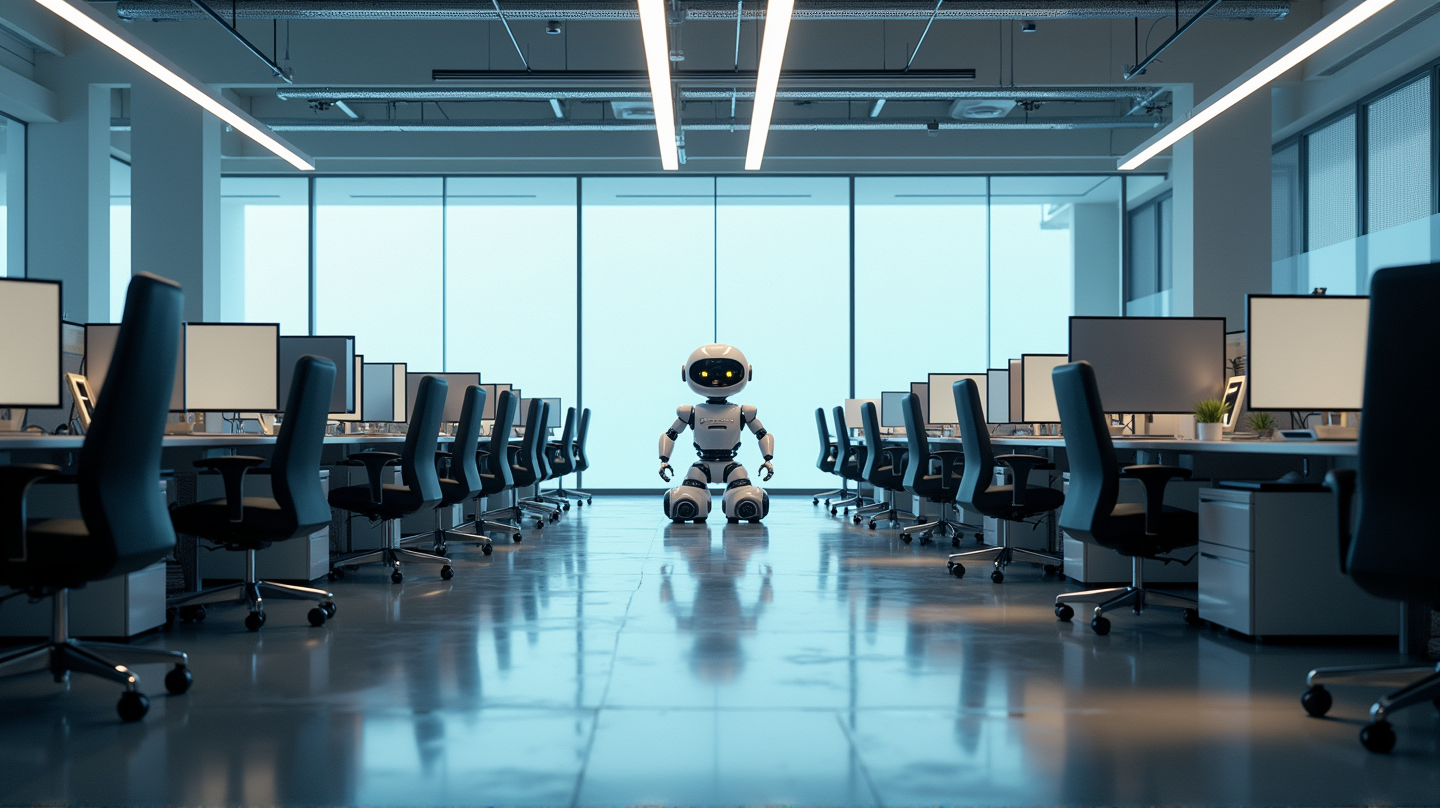The year 2025 has emerged as a pivotal moment for the tech industry, marked not by groundbreaking innovations alone but by a seismic shift in workforce dynamics. With over 61,000 job cuts reported across more than 130 companies, major players like Microsoft, Google, Amazon, and CrowdStrike are leading the charge in redefining their operational strategies.
A Wave of Layoffs: Numbers That Speak
The scale of layoffs this year is a continuation of adjustments that began back in 2022, gaining momentum through 2023. According to data from Layoffs.fyi, companies are executing job cuts more strategically, spreading them over months to avoid drawing massive headlines. Still, the cumulative effect of over 61,000 job losses is significant. As stated in Times of India, these companies aim to stay ahead of economic volatility and technological evolution by refining workforce structures and processes.
Microsoft: Prioritizing Engineering Over Middle Management
In one of the year’s largest individual cuts, Microsoft announced the dismissal of 6,000 employees, with a significant number based in Washington state. The company’s focus is now on flattening leadership hierarchies, enhancing decision clarity, and investing in AI-driven solutions. These layoffs, involving several key units, underscore Microsoft’s commitment to align teams closely with its strategic priorities.
Google: Silent Workforce Realignment
Unlike a single large-scale layoff announcement, Google has opted for subtle, periodic reductions. This year alone, cuts affected its Global Business Organization, Pixel hardware team, and other divisions. The strategy aligns with broader business model recalibration aimed at embracing AI technologies across its most lucrative sectors — search and advertising.
Amazon’s Redefined Focus on Core Areas
Amazon has also joined this reshaping trend, scaling back on its Devices and Services division, including products like Alexa and Kindle. The realignment indicates a shift towards reinforcing its more consistent revenue drivers, such as AWS and logistics, reflecting the need to integrate innovation with financial viability.
CrowdStrike and the Balanced Approach
Aligning with the industry’s drive towards efficiency, cybersecurity leader CrowdStrike sheds 5% of its workforce, turning to AI-based tools to enhance threat detection capabilities. The firm’s decision aligns with its pursuit of market expansion and greater profitability.
IBM: AI as Both Displacer and Creator
IBM showcases a balanced approach in this transition, cutting traditional HR roles while opening new opportunities in areas requiring human insight, such as quantum computing and hybrid cloud technology. The firm emphasizes the role of AI as both a disruptor and a creator of new opportunities.
The Driving Factors Behind the Tech Workforce Re-shuffle
Three central pressures — economic instability, post-pandemic growth normalization, and the AI revolution — are driving these changes. The industry’s need to streamline operations while keeping pace with AI’s transformative impact has put pressure on traditional roles. Simultaneously, the demand for roles supporting AI and innovation has surged.
Future of Tech Work: Emerging Perspectives
This layoff trend reflects a broader transformation — not merely a reduction but a strategic reshaping of the tech landscape. Companies are looking to redefine what is pivotal, with a higher focus on AI proficiency and efficiency.
- Lean structures with fewer layers, emphasizing direct reporting and decision-making.
- AI literacy becomes crucial, even for non-tech roles.
- A gradual shift towards flexible and remote work, with a rise in contracting and freelancing.
The 2025 workforce evolution signals an exciting yet demanding future. It is one where adaptability and technological literacy will shape the foundations of tech employment.
